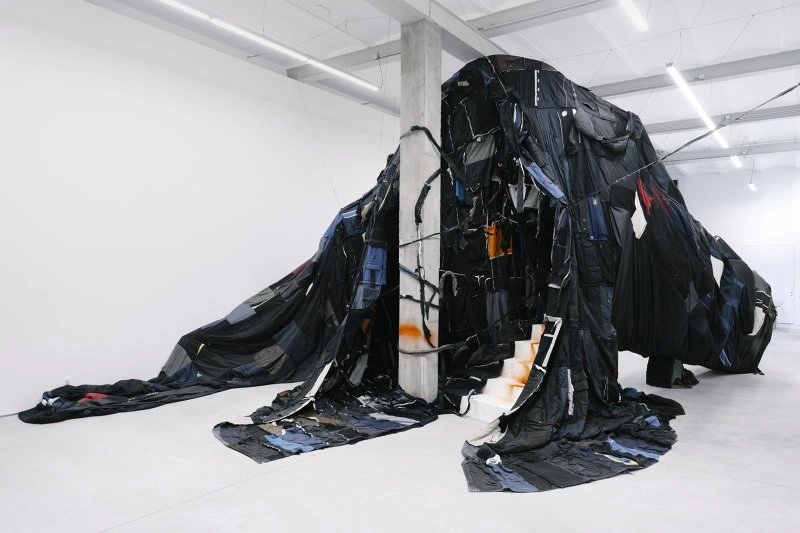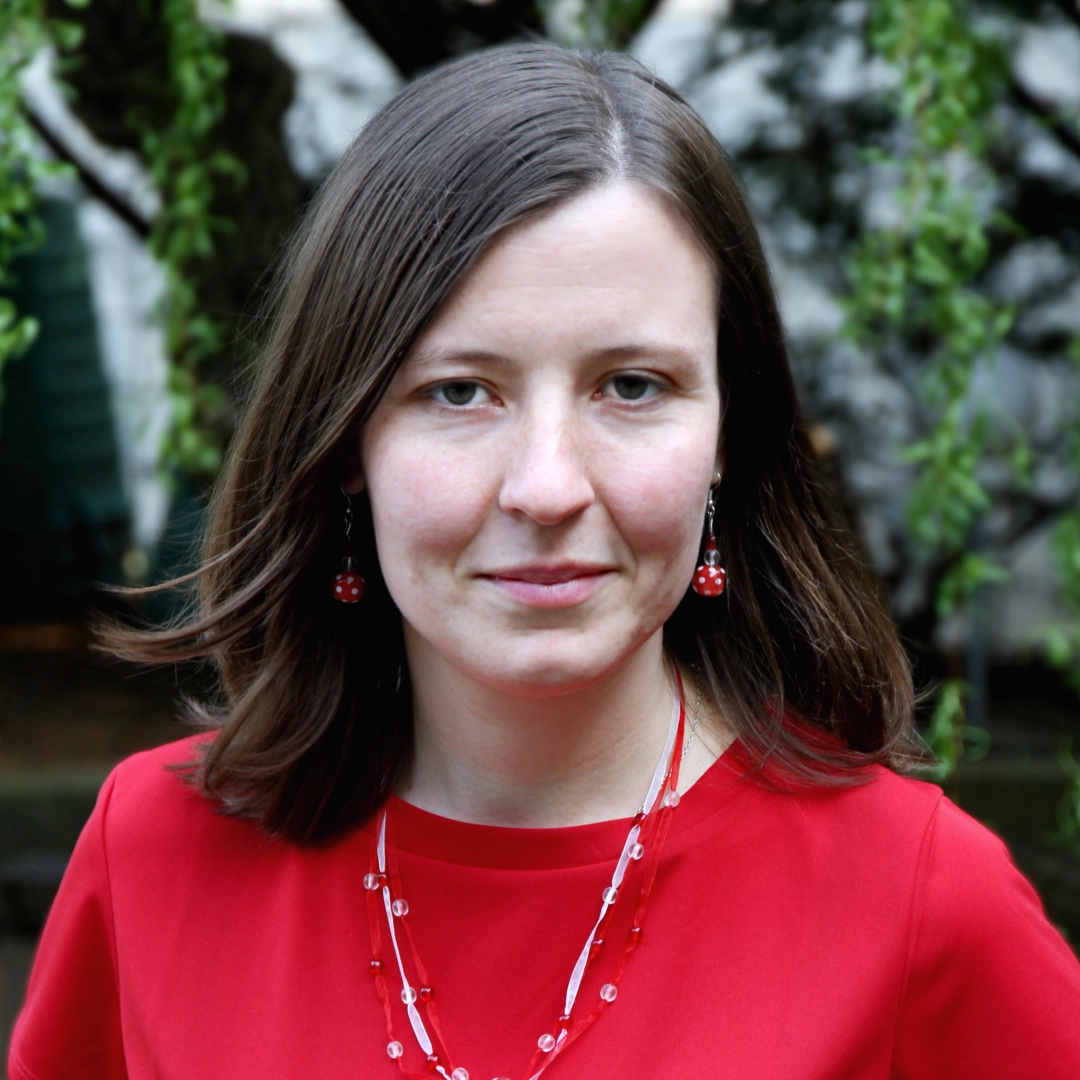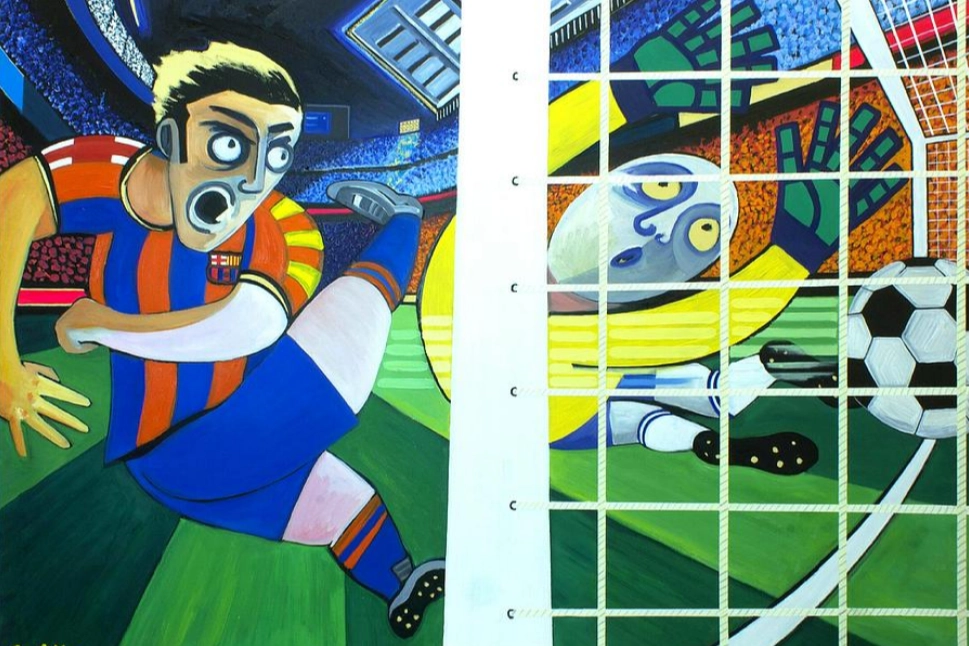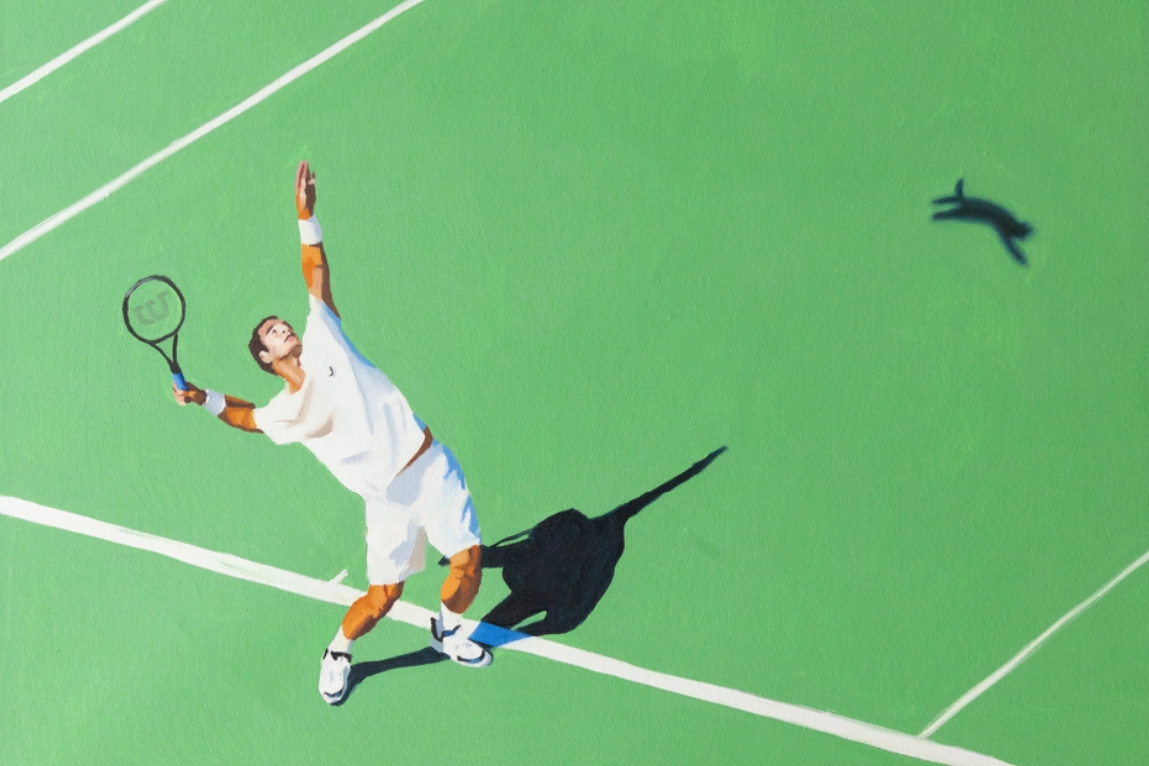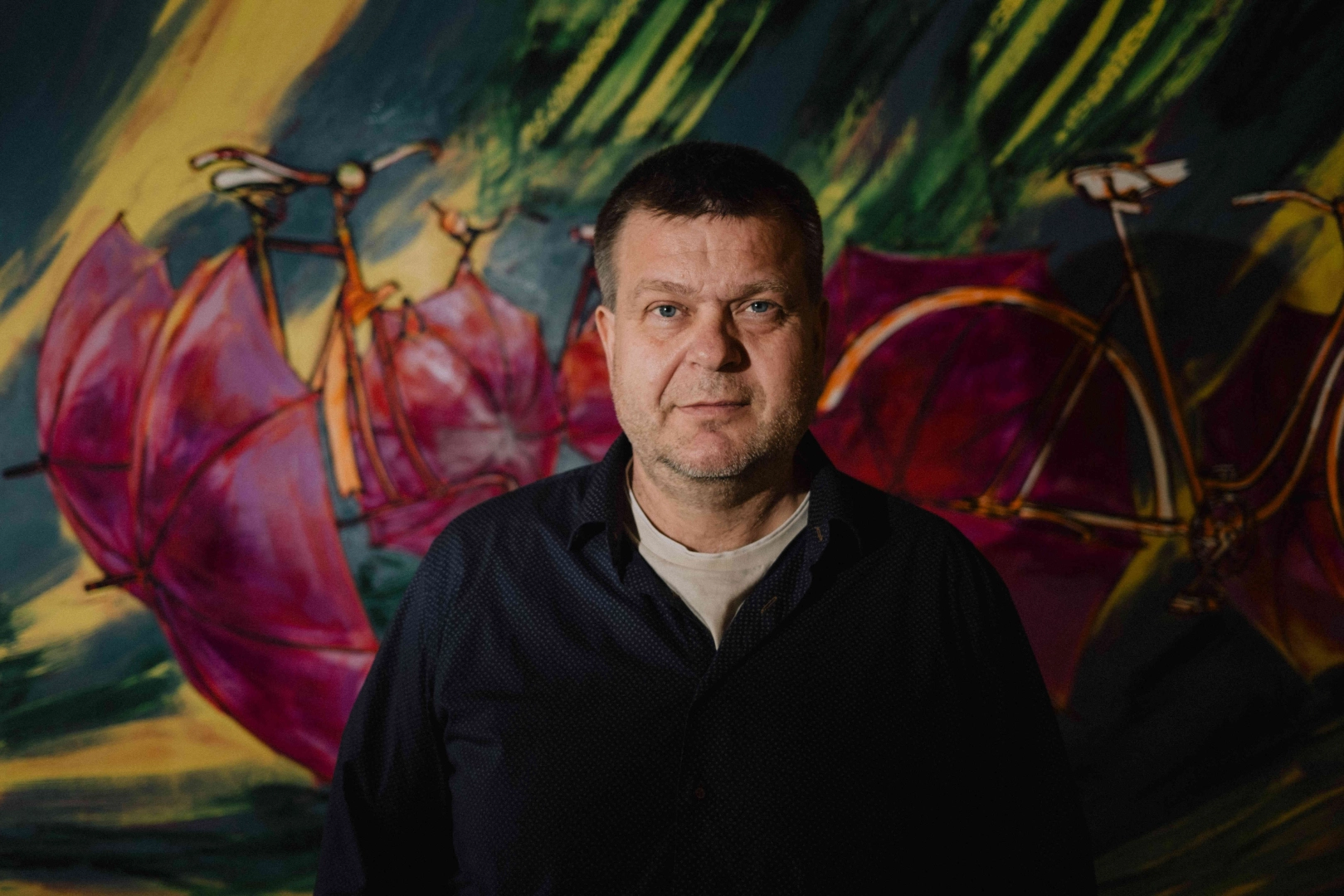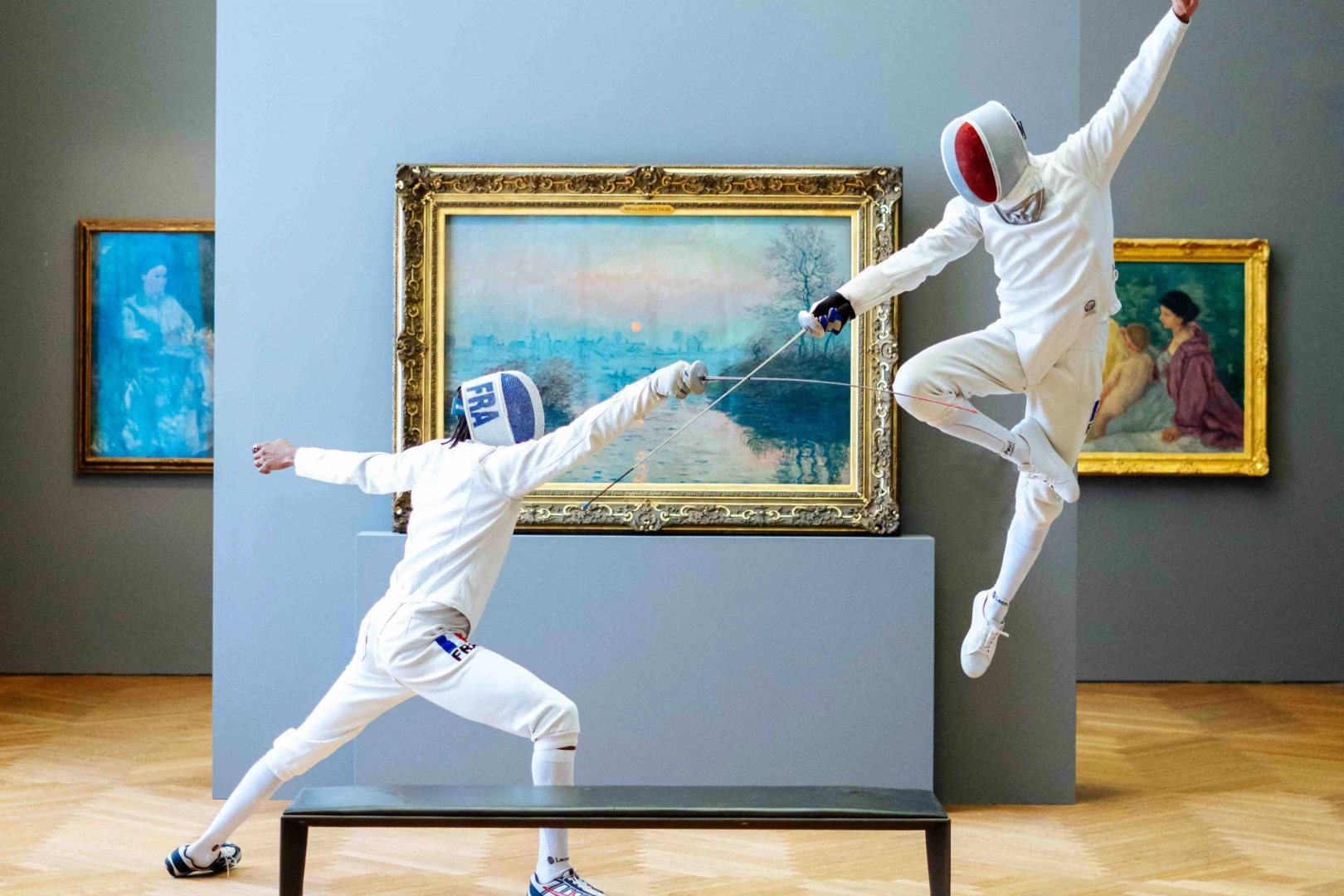Marcin Dudek, an artist of Polish origin living in Brussels creates collages and objects which he often accompanies with live performance. His work is noticeably influenced by his youth period when he was a die-hard fan of the football club Cracovia. He views the football rowdie phenomenon in a broader context and examines the functioning of this huge group of individuals in a temporary cohesive mass. His work touches the issues of power, control, and violence.
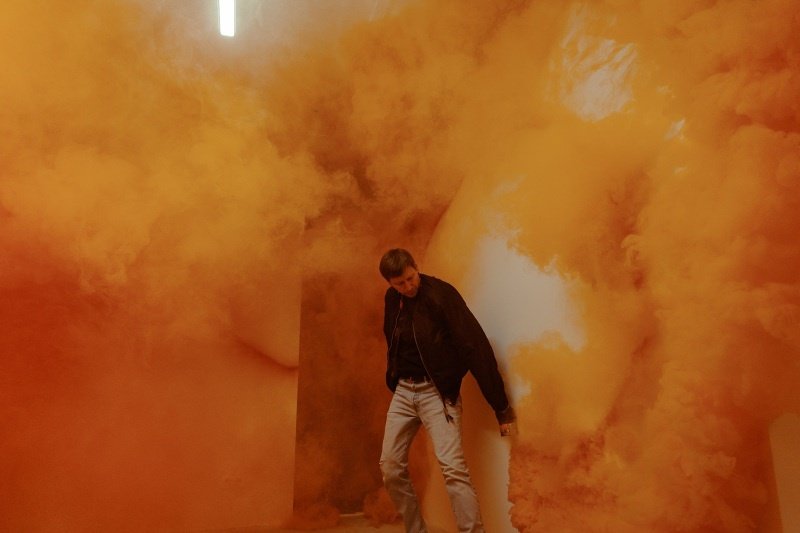
Marcin Dudek’s artistic activities are based on the confrontation of two different worlds – violence and art. Dudek creates object, collages and, finally, live performances. He often works with material he finds, which often results in rather large installations. The artist builds on his autobiographical experience of being a young die-hard football fan but explores it in a broader context and tries to embrace the phenomenon which shaped him growing up. He often refers to real events which he either experienced himself or which happened during important football matches.
Dudek’s work examines rituals of the subculture he used to be a part of
Dudek grew up in the 1990s in the Krakow neighborhood Podgorze and, just like most of Central European boys back then, he was a fan of his favorite local football club. The formative experience for him happened in the summer 1995 when as a sixteen-year-old boy, his brother and other young football fans set out to see a match in Bialystok, northern Poland. However, the long-awaited trip went south already in Warsaw, where they decided to make a stop not far from the Hutnik Warszawa team’s stadium. Instead of mere meeting with the fans of the Warsaw team they got into a huge clash with the police, who later detained the entire bus with the young football fans. They enjoyed long 8 hours in a dirty jail at a police station in Żoliborz, which still projects in Dudek’s work.
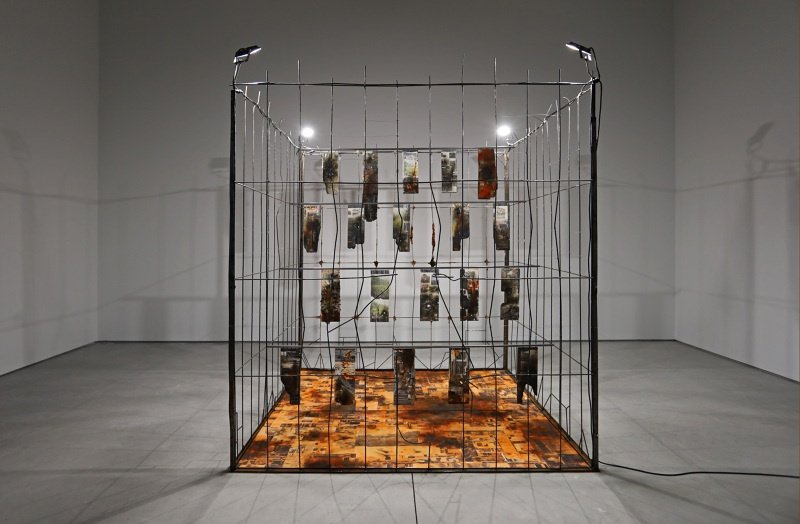
It examines the rituals of football rowdies as a subculture from a sociological, historical, and psychological viewpoint. In his work, Dudek touches on the issues of aggression and power hierarchy in the context of sports fandom as well. He also pays attention to the crowd dynamics and how a person in a large group loses control over themselves, how the behavior of a mass takes over the thinking of an individual.
He turns found objects into installations which he often finished right at a gallery
Dudek often uses found objects in his work, yet he doesn’t like it to be described as the so-called ready-mades. He does collect and exhibit individual objects which often connect to the football fan community, but he turns them into distinctive art works. He calls the resulting form anti-readymades because the objects he uses change their shape and purpose. Some of the objects appear in his work on a regular basis, whether it’s the military jackets with orange lining, knives, or jerseys, scarves, and other stadium life essentials.
The installation The Trans Hooligans stands for an example of such work and it was introduced at the Warsaw gallery Leto – by the way, not far from the police station where he was interrogated as a boy. The centerpiece of this installation is a Volkswagen Transporter which was cut up into stripes Dudek used to create a kind of a cage. That refers to the way stadiums are closed up to prevent the worst violence, and at the same time to the threat of captivity which the die-hard fans often count on and which young Dudek experienced himself. This cage is then covered by a flag made of characteristic rowdie clothes: jerseys, team scarves and caps.
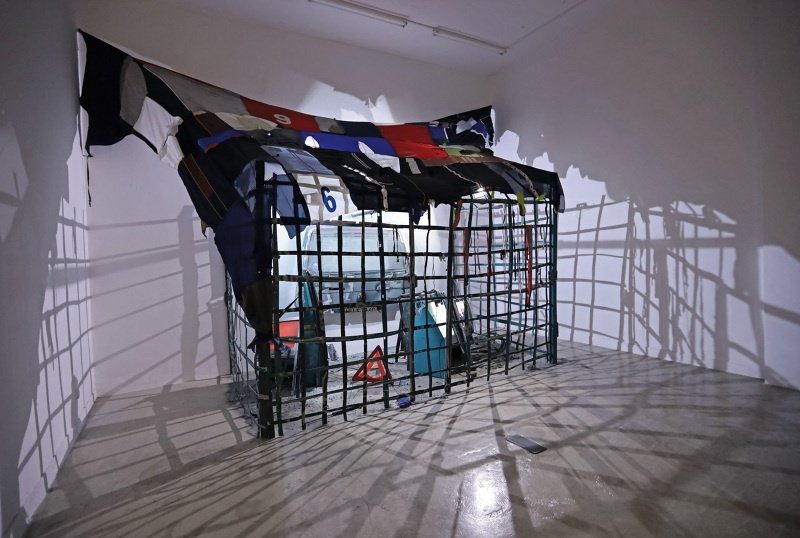
Dudek uses objects known from football stadiums in his installation Slash and Burn II as well, which got its final shape only during the performance right inside the gallery. During that, the artist used an orange smoke grenade which not only completely flooded the whole exhibition area but left noticeable marks on the wall for the entire duration of the exhibition. Besides other things, Dudek reminds us about the connection between the color orange and violent acts within the rowdie community whose tell-tale in the 1990s Europe was a black military bomber jacket with orange lining. The moment the fans of some team turned their jackets inside out was a clear signal to their opponents that they are ready to fight.
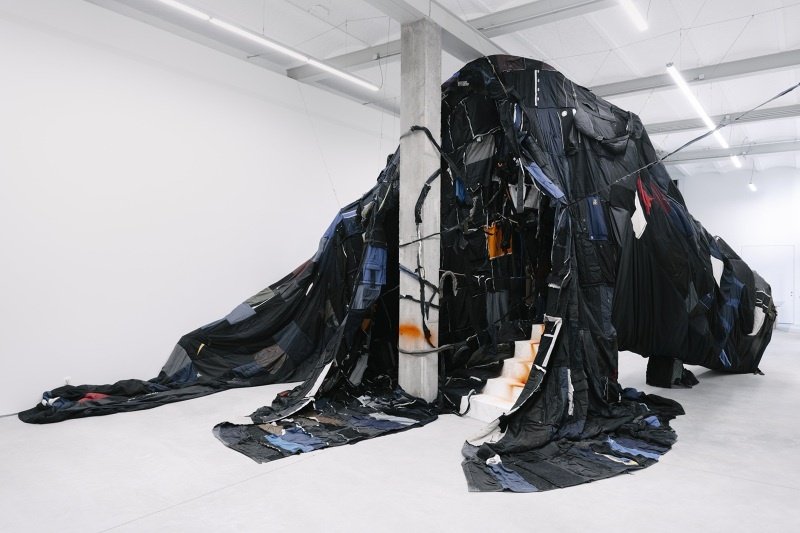
The collages refer to the stadiums’ architecture
Dudek’s large-scale collages deal with football stadiums, their architecture and identity. Through abstract imagery he analyzes the psychology of a mass subjected to uncontrollable emotions and the colorful diversity and beauty of the life at a stadium, too.
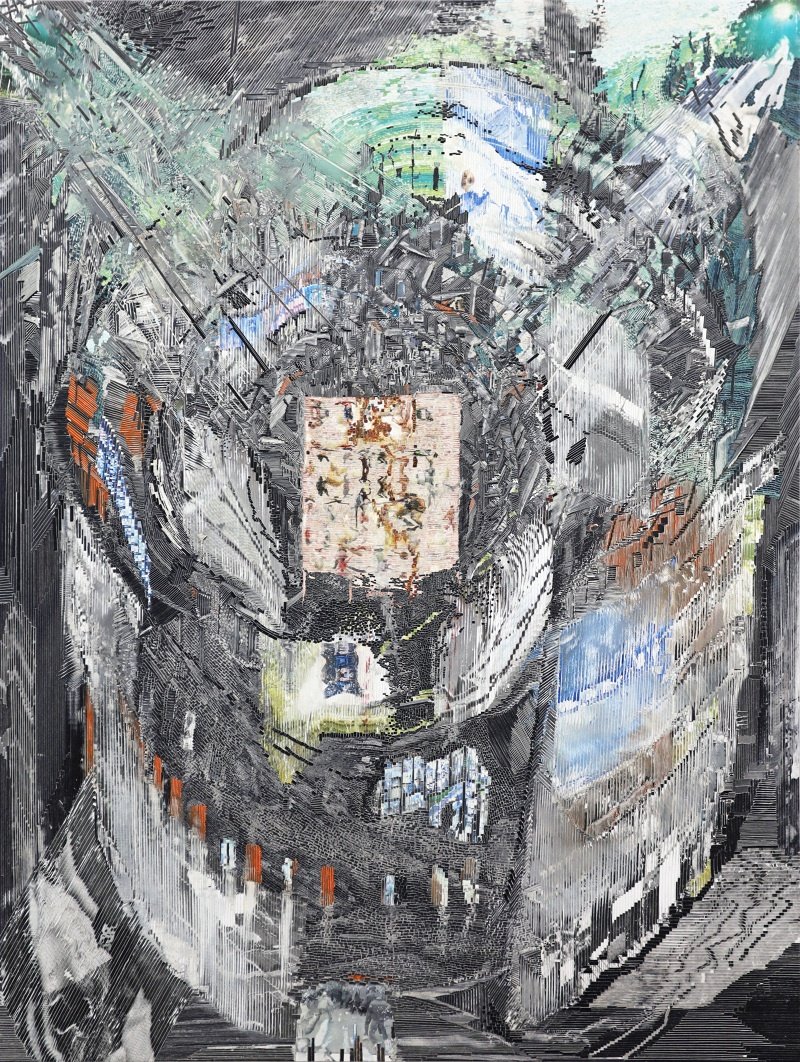
Next to famous European sportsgrounds he also portrayed the Black Stadium in Raqqa, Syria. Its name originally referred to black stone used for its building, later this name took on a completely different meaning, though. When the city was captured by ISIS, the stadium became its headquarters and most of the stadium was turned into a prison. Marcin Dudek created the collage, which was inspired by this stadium, from white squares resembling Syrian houses, broken by dark lines as life in the country was disrupted by war. Among other materials, he used also a plaster referring to the post-war recovery of Syria, but a long and demanding one.
